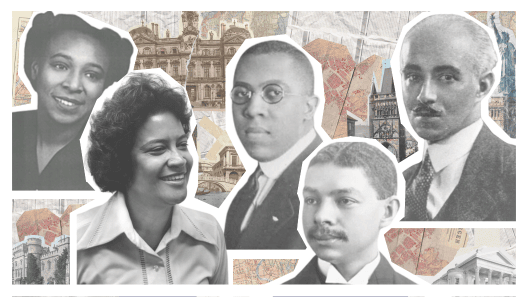
Building to the Sky
In early 2018 the Regional Plan Association (RPA) put forward its solution to New York’s longtime affordable housing crisis—remove residential FAR limitations in Manhattan. On its face the idea seems radical. The FAR cap, a New York State addition to the Multiple Dwelling Law, prevents developers from building to the sun, peppering medium density to mid-rise districts with Towers of Babel. Upon closer look, the idea to remove FAR caps in Manhattan attempts to pick up where the recently passed Mandatory Inclusionary Housing (MIH) falls short.
Central to the RPA’s finding is that affordable housing is needed closer to jobs in Manhattan. The RPA found that 149 census tracts would benefit from removing the FAR cap. These areas include Manhattan below Canal Street, Manhattan above 14th street and parts of Downtown Brooklyn and Long Island City.
By lifting FAR caps, the RPA wants to expand affordable housing close to jobs, in Manhattan.
The FAR cap was introduced as an amendment to the New York State Multiple Dwelling Law in 1961. Title 1 of the NYS MDL states “The floor area ratio (FAR) of any dwelling or dwellings on a lot shall not exceed 12.0.” This amendment to the MDL followed a long period of supertalls that have come to define the New York skyline. This includes the Beaux-Arts building (26.0 FAR), the CBS building (19.0 FAR), the Empire State Building (30.0 FAR), the Chrysler Building (27.0 FAR) among many others. Upon passing the 1961 FAR cap, New York State sought to prevent hi-rise slums in a city that was, at the time, unhealthy.
Today there are measures to eschew the FAR cap through air rights exchanges, Privately Owned Public Space (POPS) and the notorious BSA approval. Approved in 2016, Mandatory Inclusionary Housing was a large-scale program to incentivize upzoning in exchange for affordable housing. The RPA argues that since there are already zoning loopholes that don’t add much housing, why not eliminate the FAR cap where it could make the most impact?
The aim of MIH is to upzone portions of the outer boroughs near transit centers by giving tax breaks and additional FAR to developers if they agree to include affordable housing in their development. The RPA plan borrows the ideas of MIH and applies them to swaths of the city where data proves the jobs, transit and amenities lie.
Though removing the FAR cap in parts of Manhattan would address areas MIH leaves behind, the conditions for removing the cap would encompass the MIH’s central tenets—namely the inclusion of affordable housing and a Uniform Land Use Review Process. Revoking the FAR cap on state level would not allow residential development as-of-right. City Planning would have to rezone districts. Communities affected would be integrated in the process and a City Council
vote would be required, like any rezoning.
Read the RPA’s plan for removing the FAR cap here.
Have a project and need some building or zoning code consultation? Contact Outsource here.








